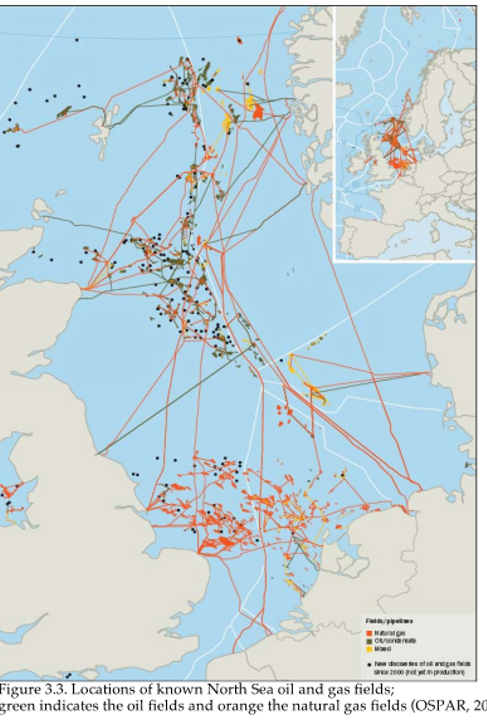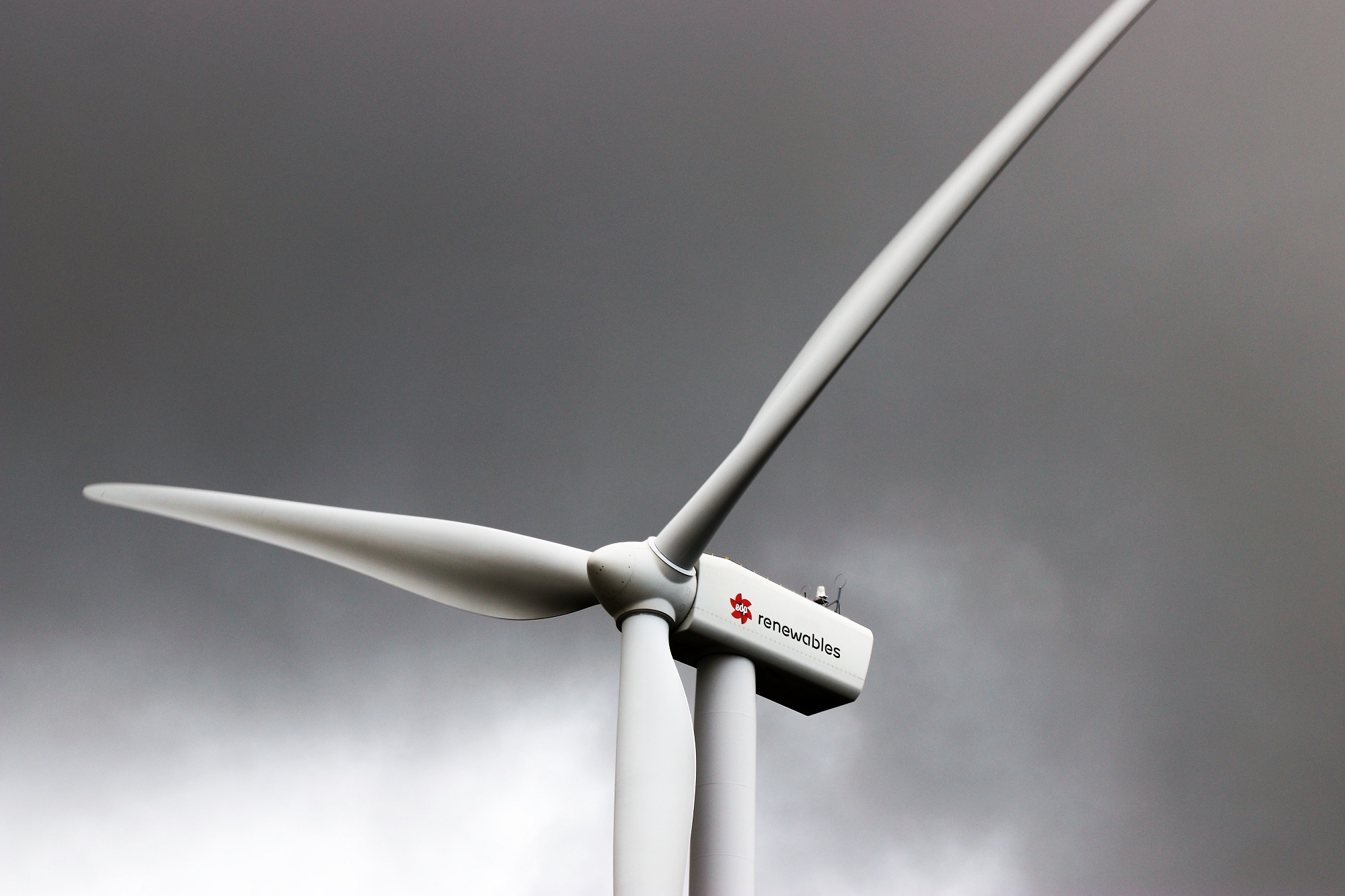Current North Sea Oil & Gas infrastructure

Current North sea platform and pipeline infrastructure is clustered into several fields. These areas are subdivided by geography and their associated gas gathering onshore terminals into Northern North Sea, Central North Sea and Southern North Sea.
By 2010 the North Sea accommodated approximately 300 oil and gas fields (see Figure 3.3), with an infrastructure of over 5,000 wells, more than 500 platforms, and 10,000 kilometers of pipelines.
Many of these platforms are nearing end of economic production and together with the pipeline networks are an invaluable asset in the energy transition to hydrogen production and CCS and CCUS technology rollout.
Where energy transition is not an acceptable option, we can assist in Late life or Decommissioning..

Carbon Capture and Sequestration
Carbon capture is a concept focused on the capture of carbon dioxide emissions produced by manufacturing, vehicles, and food production, among other industries.

Hydrogen Generation
Hydrogen is currently already an important resource for industry, used for things such as artificial fertiliser, but is still mainly made from natural gas in a process that releases carbon dioxide. The hydrogen produced is called ‘grey hydrogen’.

Power to Gas (Methanisation)
Power-to-gas (often abbreviated P2G) is a technology that uses electrical power to produce a gaseous fuel. When using surplus power from wind generation, the concept is sometimes called windgas.
___________________________________________________________________________________________________________________________________________________________________
Copyright © cema 2021
